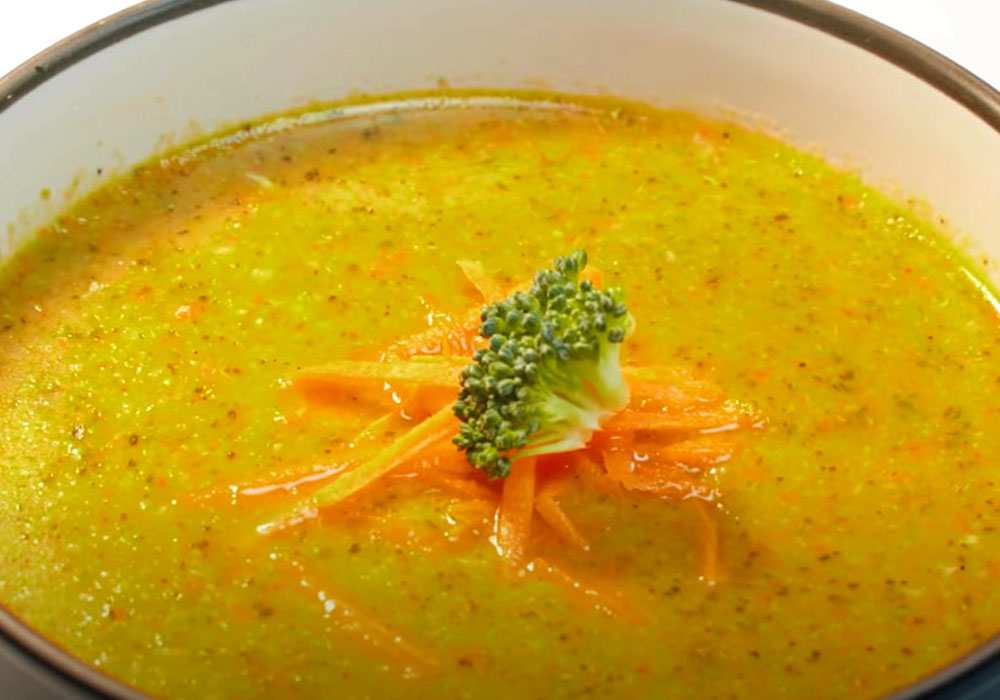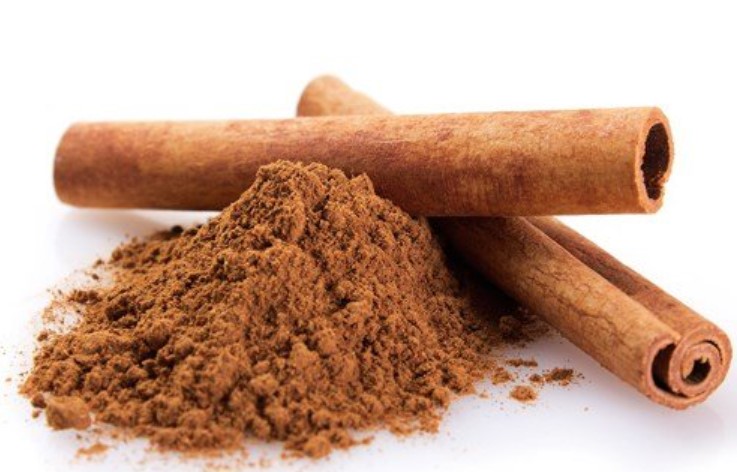With a soup diet you can eat healthily and sustainably and relieve your digestive system. However, in the form of a crash diet, it can also be problematic. Here you can find out more about the advantages and disadvantages.
Many magazines and journals praise a soup diet primarily as a weight loss diet. So you should “spoon yourself slim” when you have “sinned” again. However, such an attitude can quickly lead to us starving for days and working exclusively towards an ideal weight. Whether the diet is healthy and sustainable often plays a subordinate role.
This not only promotes a nutrient deficiency and promotes the yo-yo effect after the diet, but possibly also a negative self-image. Therefore, focus more on eating healthily as part of the soup diet and doing something good for your body. If you want to lose weight, you should continue to take care of your mental health and avoid constant hunger pangs.
Soup Diet: General Advice

In order to make a soup diet not only healthy and filling, but also ecologically sensible, you can consider the following tips:
Incorporate as many different types of vegetables into your diet as possible. When making your selection, you should base your selection on what is available seasonally. In autumn and winter, for example, pumpkin, potatoes, parsnips, kale and leeks are ideal. In the warm months you can fall back on tomatoes, zucchini, peppers and broccoli. You can find more information about this in our season calendar.
To save time, you can prepare a large amount of soup at once. You can also freeze them in portions and thaw them as needed. Then you will soon always have different types of soup in stock and make sure that your menu is varied enough. Tip: You can freeze your soups plastic-free in a number of ways, for example by freezing them in jars.
If you want to relieve your intestines for some time, you should cook the vegetables sufficiently and puree the soup well.
In order not to lose the joy of eating, you can spice up your soups with spices, herbs, oils and (vegetable) cream. You can also add lentils and beans before pureeing. They ensure a creamy consistency and provide you with vegetable protein.
If you are more hungry, you can also add some cooked rice to the soup.
Do you sometimes feel like something sweet? This is also not a problem with a soup diet. You can make a warm breakfast soup from oatmeal, steamed fruit, plant drink and nut butter.
If you make sure you get enough calories and nutrients, you can follow a soup diet for up to two weeks. After that, you should slowly reintroduce your digestive system to solid food. To relieve your body even more, you can also do without alcohol, nicotine and sweets during the soup fast.
Soup Diet: These are the benefits
Done properly, a soup diet can provide numerous benefits:
So you eat a lot of vegetables (and possibly also cooked fruit) during this time and thus provide yourself with many micronutrients.
If you pay attention to regional foods, this diet is also climate-friendly. After all, you save a lot of CO2 emissions. If you use organic goods, you also avoid chemical-synthetic pesticides.
In the hustle and bustle of everyday life, we often don’t chew long enough, so our intestines have to struggle with larger pieces of food. This can lead to flatulence and a feeling of fullness. With a soup diet, you can give your digestive system a break for a while.
Especially in the cold season you can warm up with the warm soups at every meal.
You may also try lots of new healthy soup recipes. This way you avoid ready meals and can use the cooking time as valuable me-time.
Ideally, you will be motivated to continue eating healthily and sustainably even after the soup diet.
You should pay attention to these disadvantages

Depending on how you design it, a soup diet can also have disadvantages:
If you only make soups from low-calorie vegetables, you will hardly get full. Therefore, make sure to include filling ingredients (such as potatoes, pumpkin, legumes or rice) and also enough fat (e.g. in the form of high-quality vegetable oils or (vegan) cream).
There is a high risk that after a few days on the soup diet you will quickly become bored and feel like eating solid food. You can then either take a short break or make sure to make the soups more interesting in terms of taste.
Maybe you get the impression that you don’t have to drink as much anymore. After all, you only eat liquid food all day long. Nevertheless, you should continue to drink at least one and a half to two liters of liquid per day. It is best to use (still) water or unsweetened tea.
As with many forms of dieting, a decisive disadvantage of a soup diet is that you can no longer easily go out to eat with friends. After all, you want to go through with your soup cure. Therefore, you should not practice this diet for too long. Alternatively, you can treat yourself to an exception or order a soup in the restaurant.







